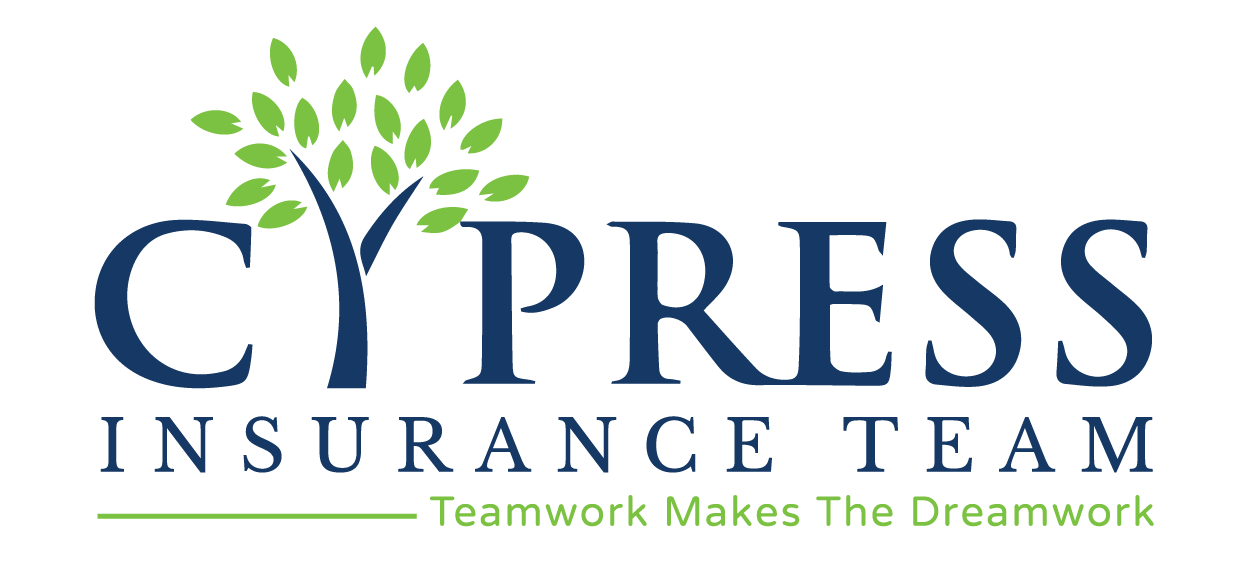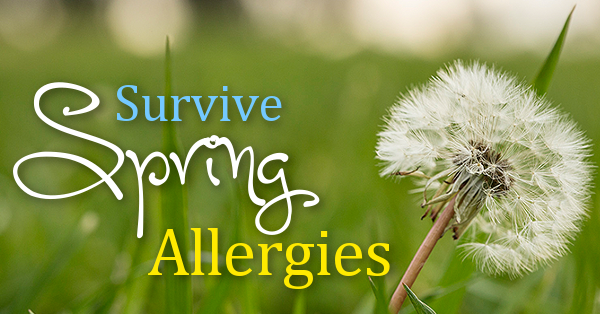If you have living in Texas for any length of time, you know that Spring allergies can be brutal. With spring rains, there’s more mold growth inside and outside your home. Flowers, trees, weeds, and grasses also begin to blossom. Add spring cleaning into the mix which stirs up dust mites throughout the house, and you have a recipe for itchy eyes, runny noses, and sneezing around every corner.
According to the Centers for Disease Control and Prevention, more than 50 million Americans suffer from allergies, and many of those are considered seasonal. Here are a few tips for you and your family to survive the spring allergy season. If you have some to add, please respond in the comment section below.
Keep Pollen Under Control
To tame pollen, wash your bedding every week in hot water. Shower before going to bed since pollen can accumulate on your clothes, skin, and in your hair. If you have outdoor pets, it is a good idea to bath them regularly and wash their bedding often. This is also not a good time to hang laundry outside because pollen will stick to sheets and towels. If you are planning to do chores outside, it is suggested that you wear a pollen mask.
Clean Regularly
Wear a mask and use gloves when cleaning, vacuuming, or painting to limit dust and chemical exposure. Vacuum at least twice a week Use a vacuum with a HEPA filter if possible). If using a bagless vacuum, take it outside to dump in the trash and avoid releasing the dust, dirt, and dander back into your home. If you use throw rugs, be sure that they are washable and do so regularly.
Air Quality
Keep your windows closed and be sure to replace your air filters every season, but especially in the Spring! I would even recommend that you upgrade to the 3M Filtrete Ultra or Elite Allergen air filters if your budget allows.
Treating Your Allergies
The Mayo Clinic suggests several types of nonprescription medications that can help ease allergy symptoms. They include:
- Oral antihistamines. Antihistamines can help relieve sneezing, itching, a runny nose and watery eyes. Examples of oral antihistamines include loratadine (Claritin, Alavert), cetirizine (Zyrtec Allergy) and fexofenadine (Allegra Allergy).
- Decongestants. Oral decongestants such as pseudoephedrine (Sudafed, Afrinol, others) can provide temporary relief from nasal stuffiness. Decongestants also come in nasal sprays, such as oxymetazoline (Afrin) and phenylephrine (Neo-Synephrine). Only use nasal decongestants for a few days in a row. Longer-term use of decongestant nasal sprays can actually worsen symptoms (rebound congestion).
- Nasal spray. Cromolyn sodium nasal spray can ease allergy symptoms and doesn’t have serious side effects, though it’s most effective when you begin using it before your symptoms start.
- Combination medications. Some allergy medications combine an antihistamine with a decongestant. Examples include loratadine-pseudoephedrine (Claritin-D) and fexofenadine-pseudoephedrine (Allegra-D).
They also suggest rinsing your nasal passages with saline solution as a way to relieve nasal congestion. Rinsing directly flushes out mucus and allergens from your nose.


